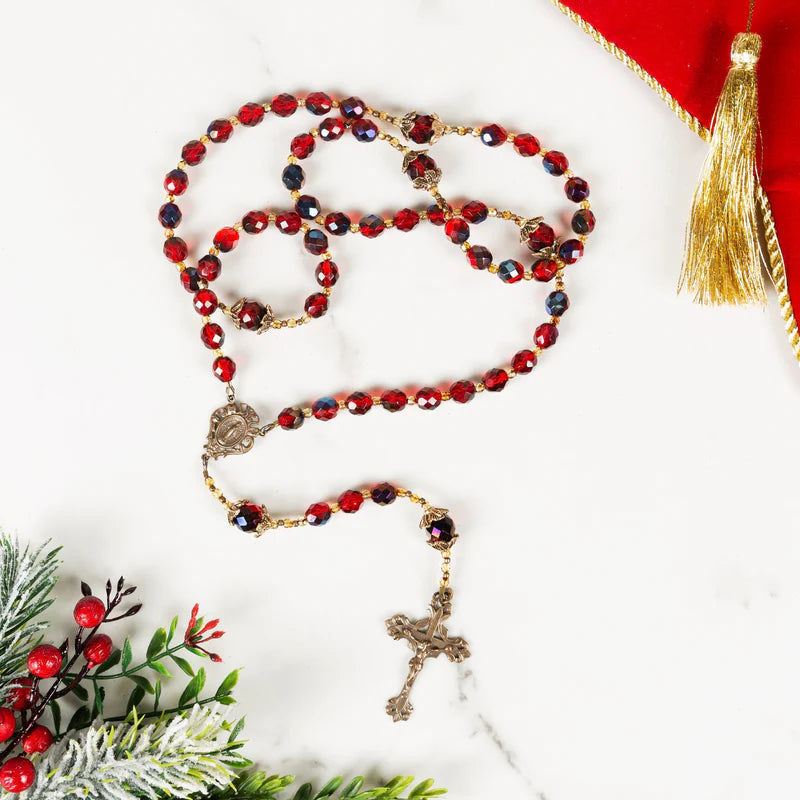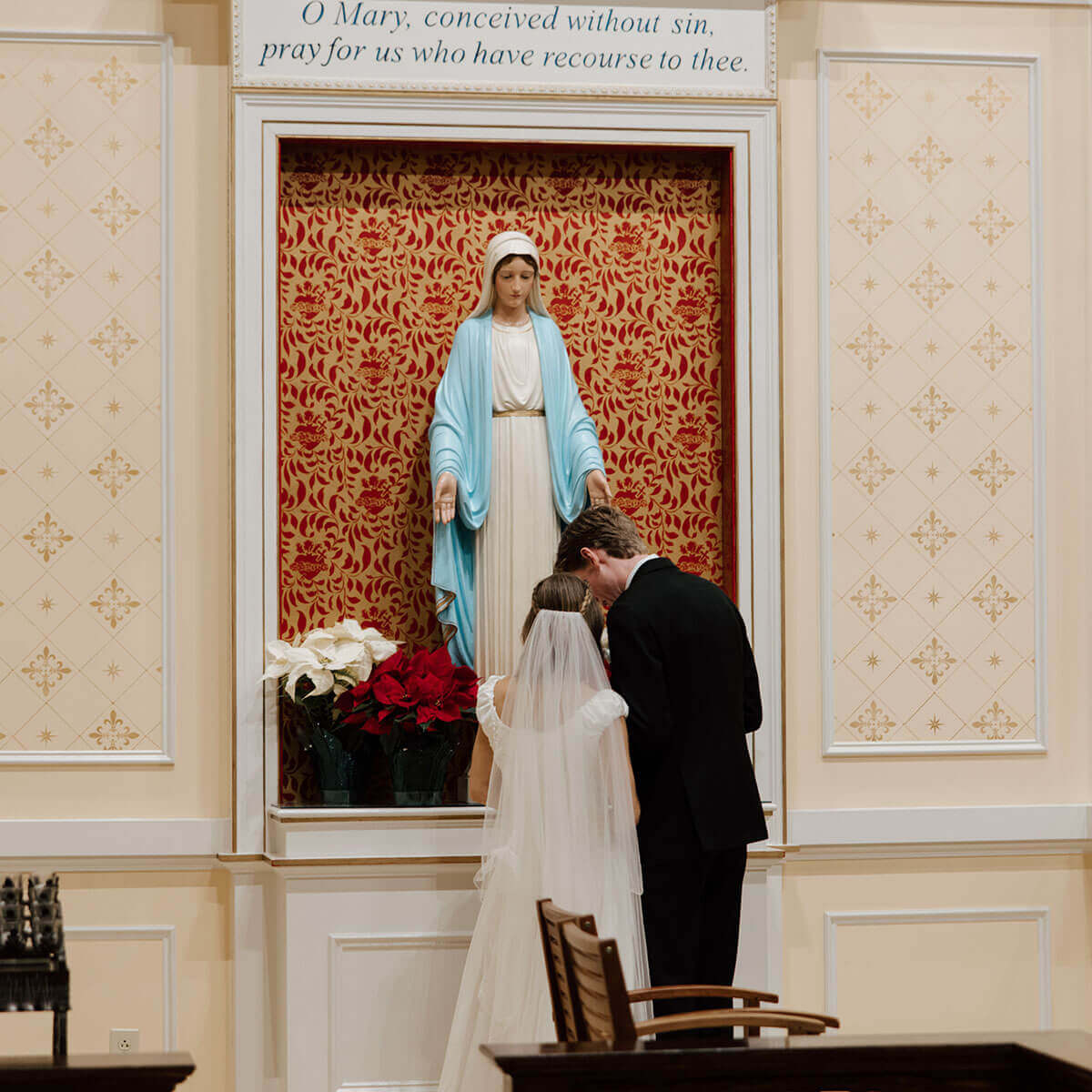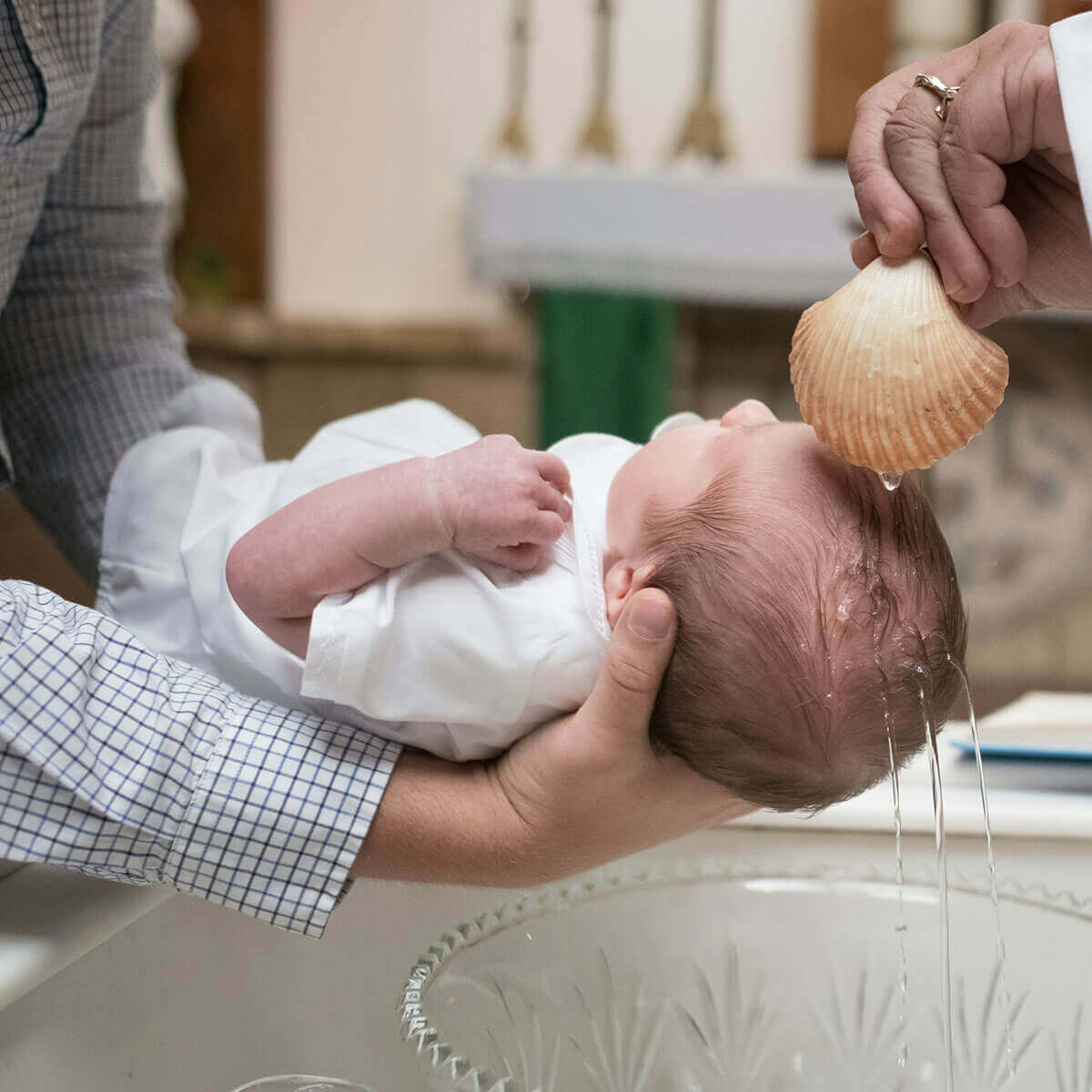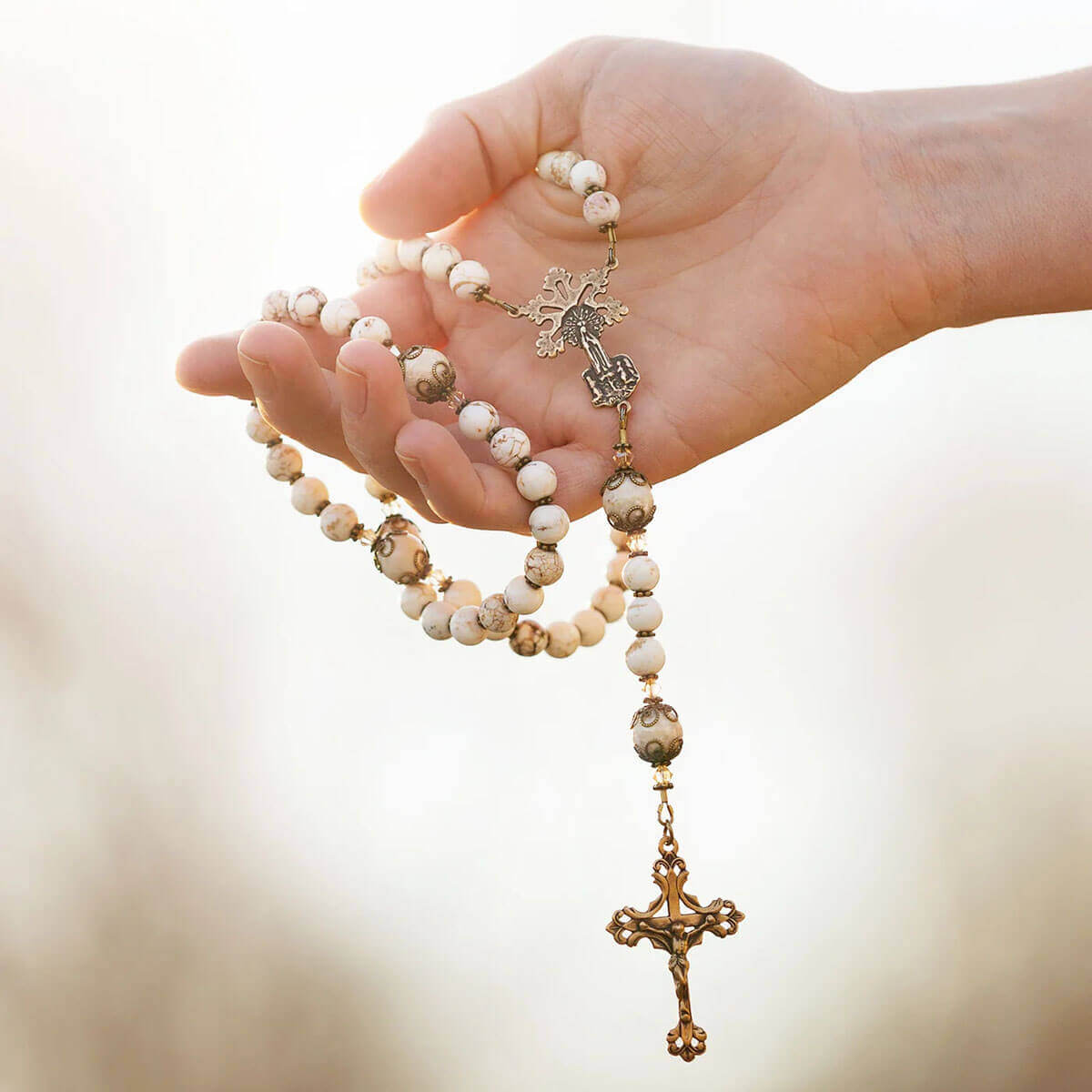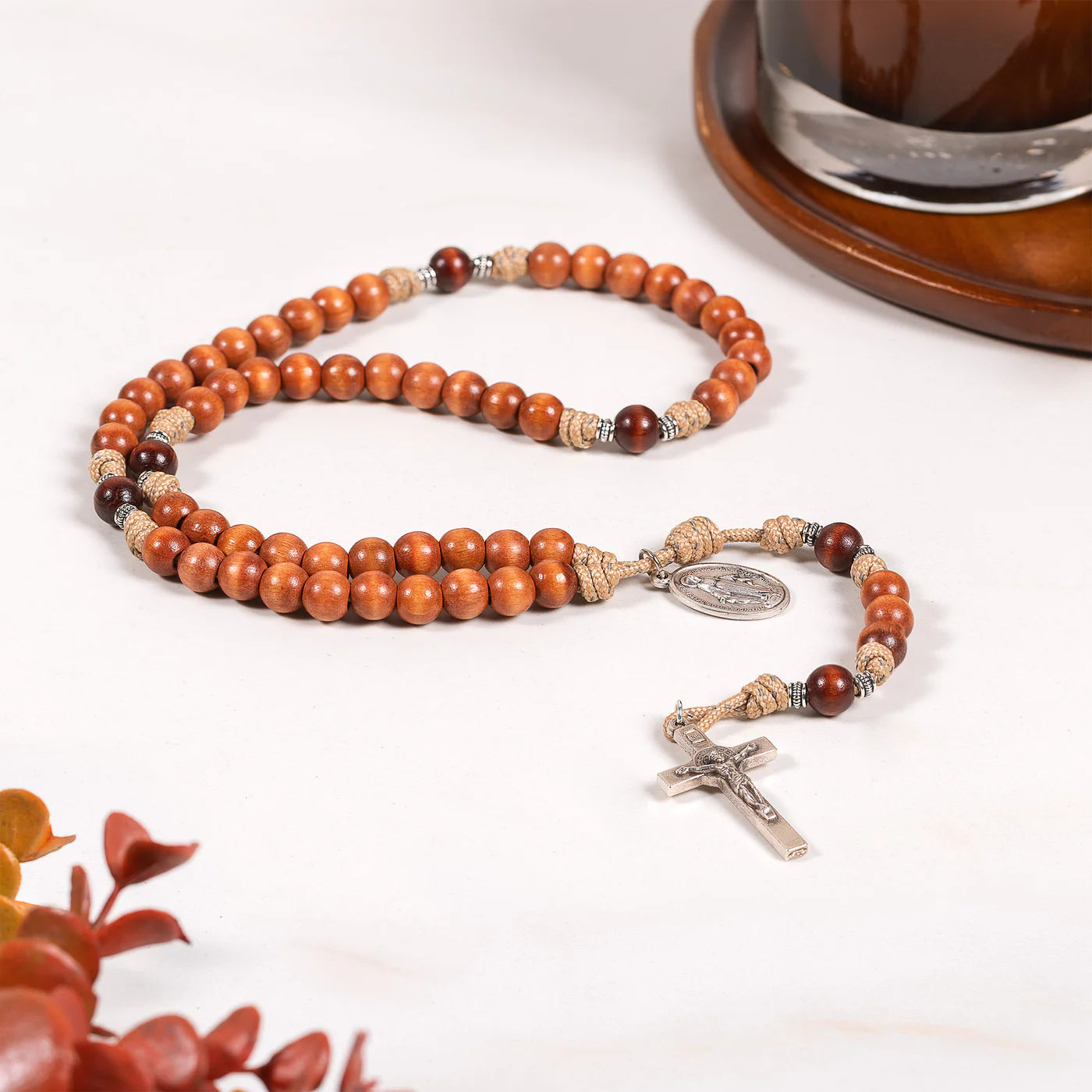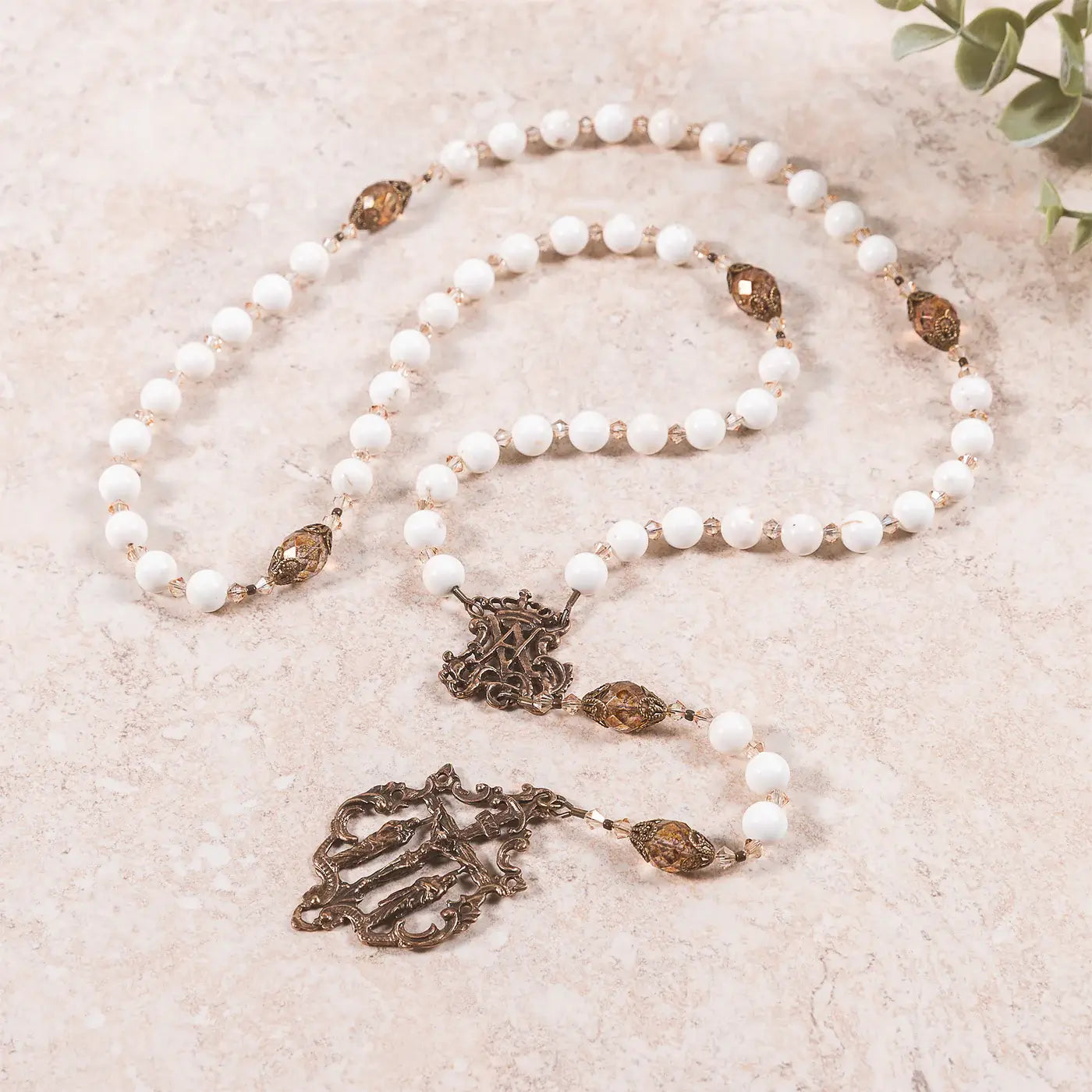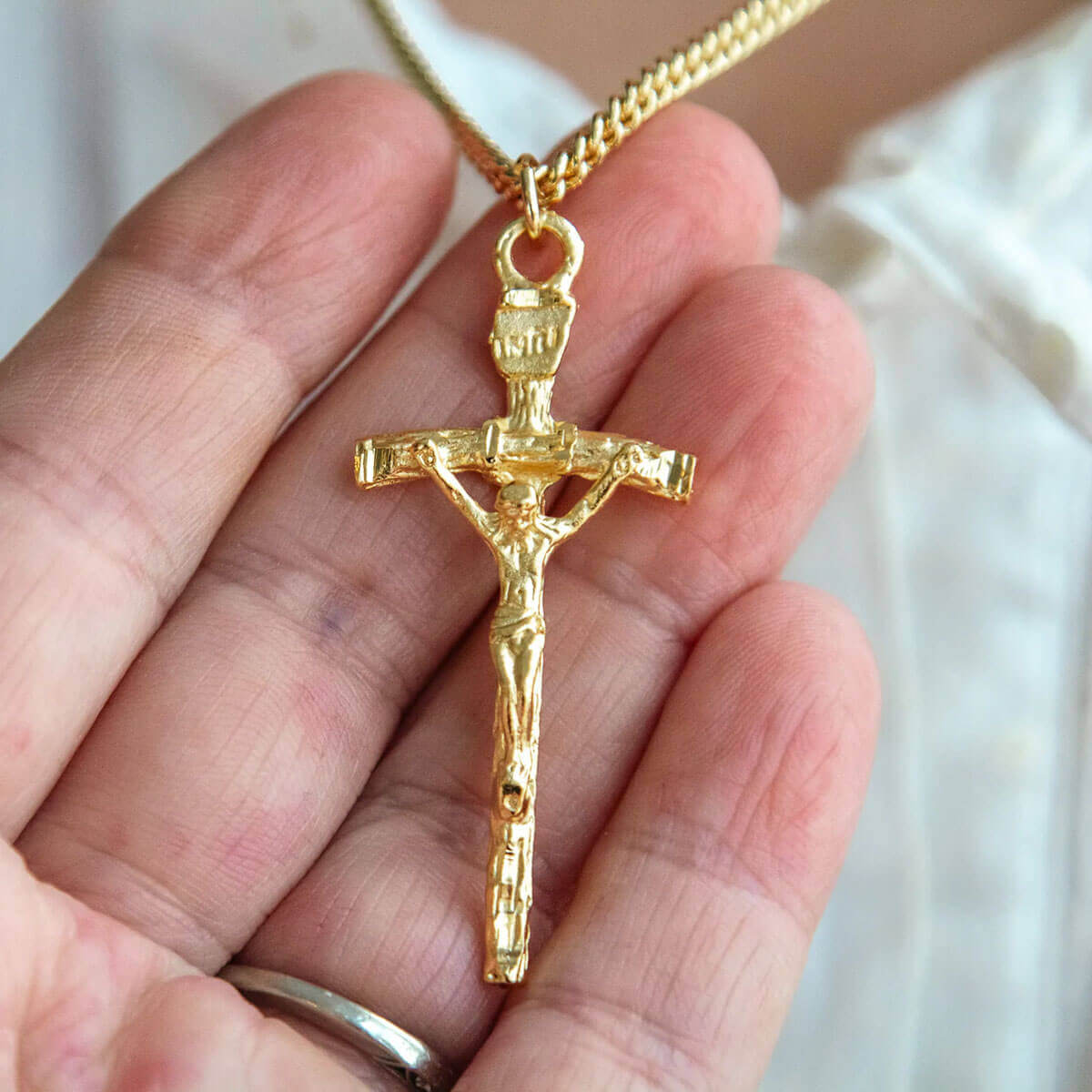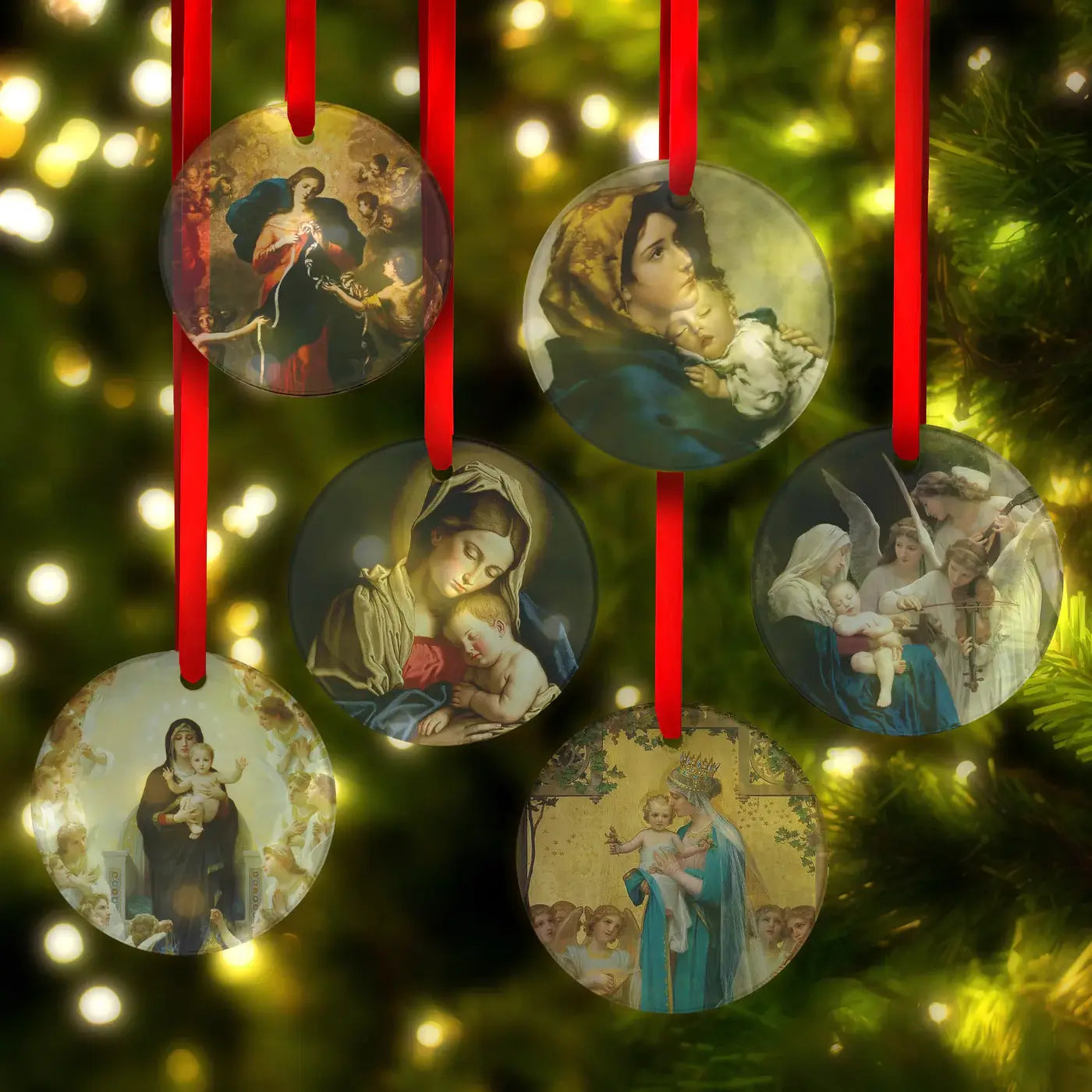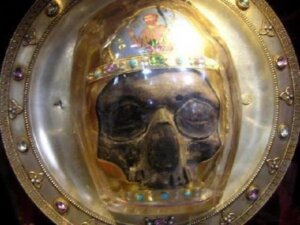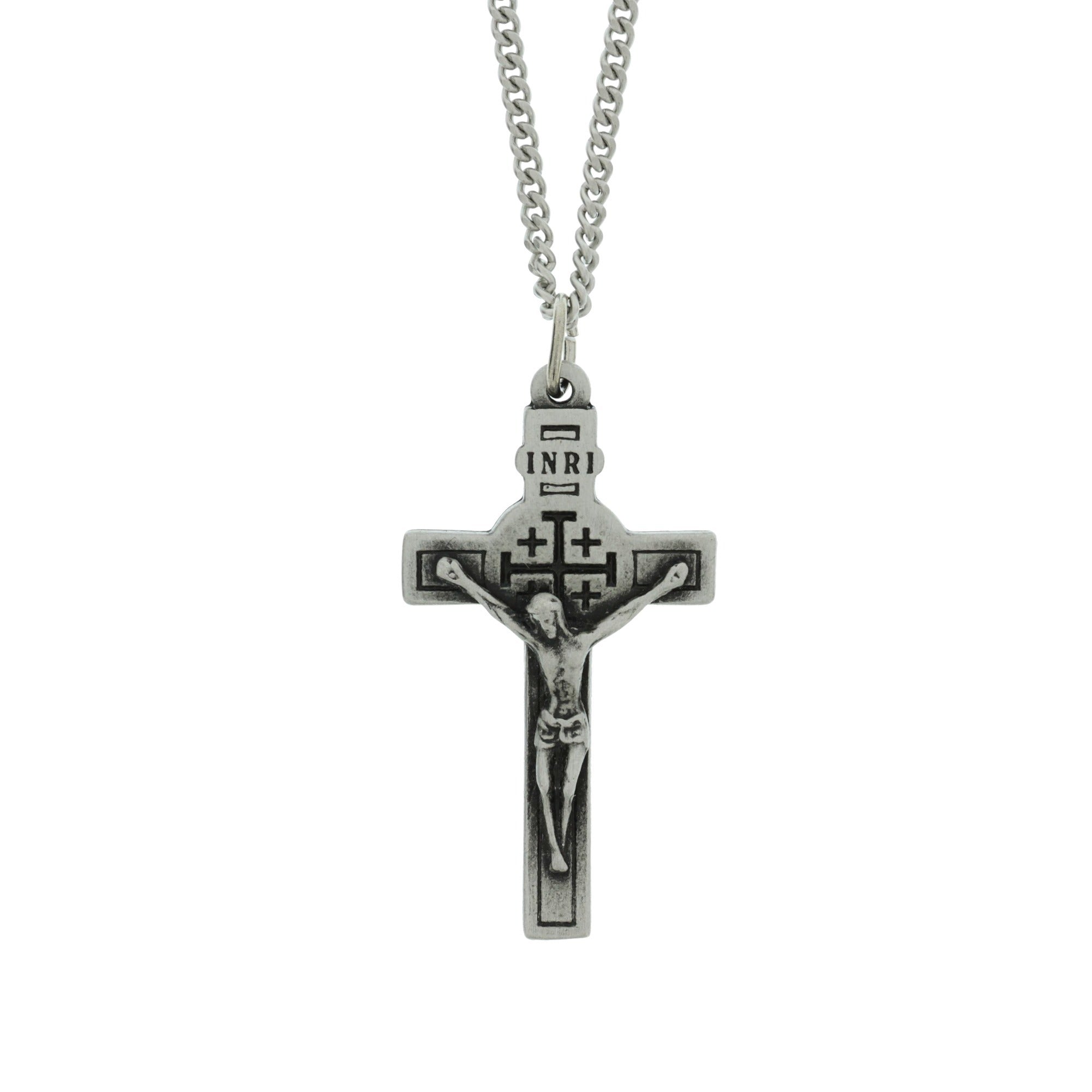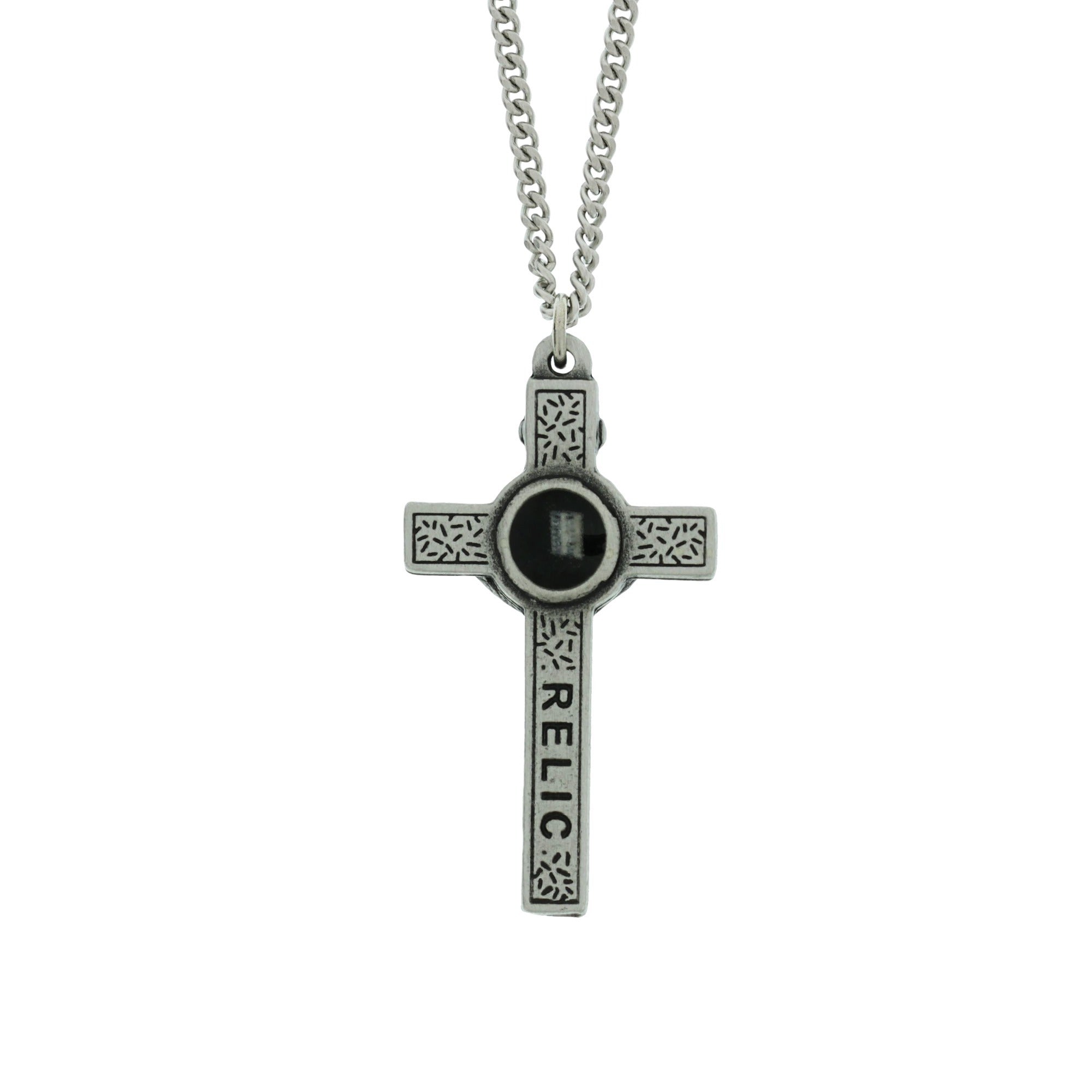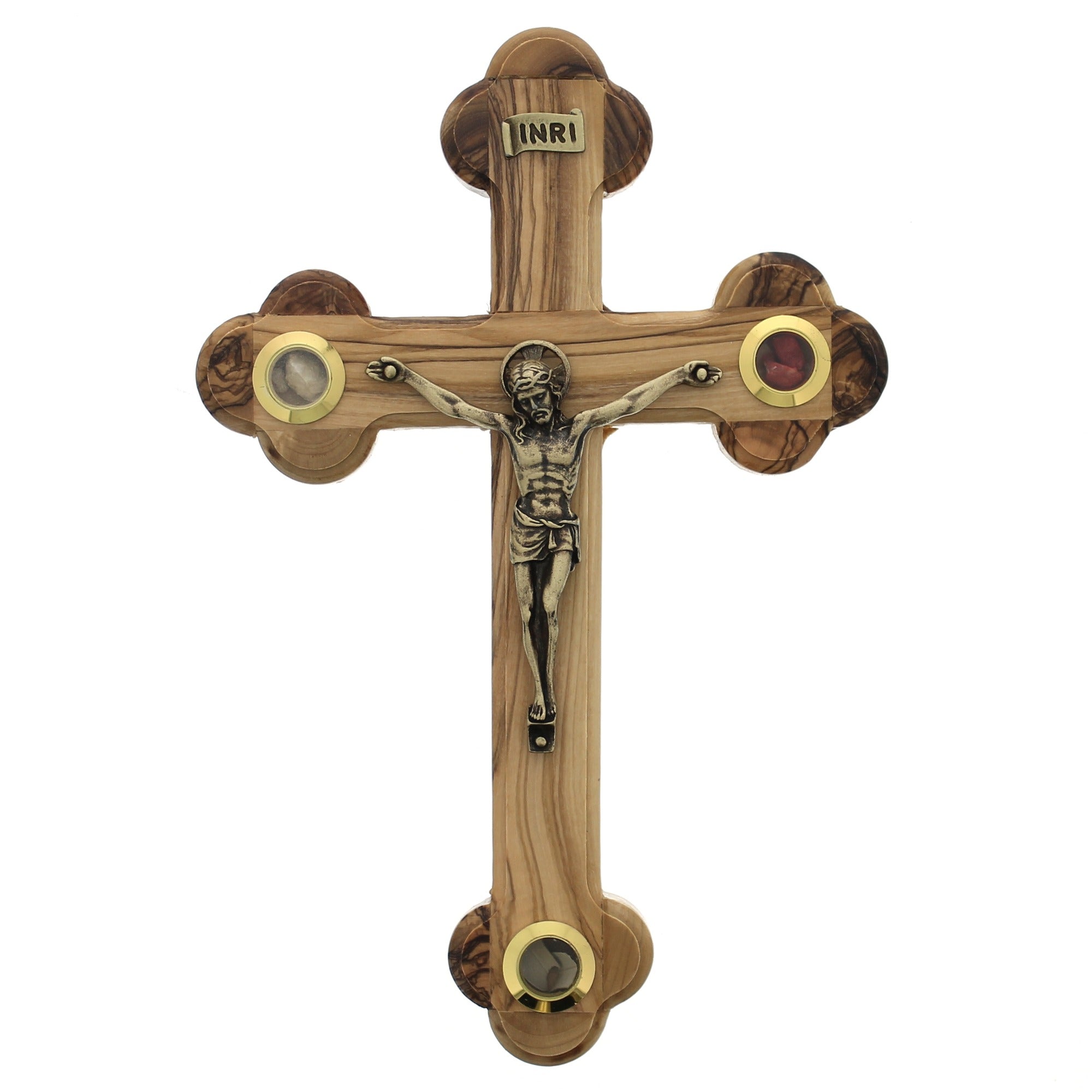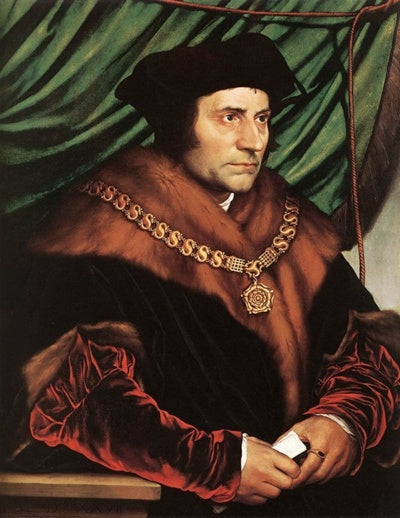Jesus called him the greatest of those born of women.
He was related by blood to Our Lord, and we celebrate not only his birth and his death in the liturgical calendar, but other events in which he was centrally involved.
He is so universally revered that not only Catholics, but Orthodox and Muslim communities acknowledge him as well. The Orthodox even have feast days relating to the finding of his relics.
But what – and where – are these relics of St. John the Baptist, who, as St. John the Evangelist says, “gave witness to the Light?”
Many different churches, museums and mosques in many different parts of the world claim to have (or have had at some point) relics of Christ’s great Forerunner. It would be quite a journey to try to see them all and quite a project to discuss them all.
But three major relics are all found in Catholic churches – all within two hundred miles of each other, all along a fairly straight line stretching through the center of Italy! If you took it into your head you could easily visit all three in one trip!
Furthest north, at the famous Duomo of Florence in Tuscany, you can venerate the finger of St. John. Perhaps it is the same finger with which he pointed to Our Lord and said, “Behold, the Lamb of God,” or with which he pointed to Herod as he reprimanded him for his sinful marriage. Maybe thousands were baptized in the Jordan with that finger!
The Cathedral of Santa Maria Assunta in the city of Siena, fifty miles southwest of Florence, is home to the right arm of St. John. The arm is presented for public veneration before the upcoming feast of his nativity on June 24th.
Continuing south to the Eternal City of Rome, you can visit the church of San Silvestro in Capite, which houses the top part of St. John’s skull. The skull has been the treasure of that church since at least the 12th century and is encased in a magnificent reliquary of gold, silver and gemstones.
It appears that the Church attaches enormous importance to these artifacts of St. John the Baptist. Relics of the saints in general seem to occupy a vital place in her devotional life. She recognizes three classes of relics and has built entire churches to house them. Relics are encased within the altar stones whereon the Holy Sacrifice takes place.
But why does it even matter? Why does Holy Mother Church revere the bodies of the saints, their clothing, their tools and possessions? Why does she so carefully preserve the relics in her care and encourage devotion to them? Why have the faithful, for centuries and centuries, made arduous pilgrimages just to touch the tomb where a saint’s body lies?
Museums carefully preserve historical artifacts for the sake of posterity, but it seems like there is something qualitatively different about the Church’s attitude towards her relics.
Find out more within the pages of the book Relics from the Crucifixion – Where They Went and How They Got There, an insightful exploration of the true meaning and importance of relics in the life of the Church, with a special focus on the relics from Christ’s Passion. You will learn about some of the Church’s most extraordinary and treasured relics and the history behind them. Pick up your copy here!


